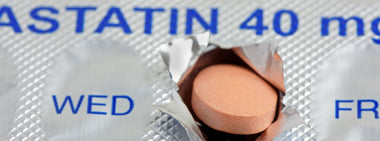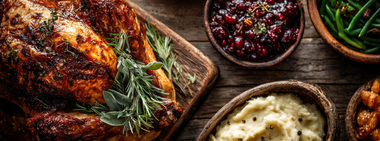Why You Can’t Eat Just One
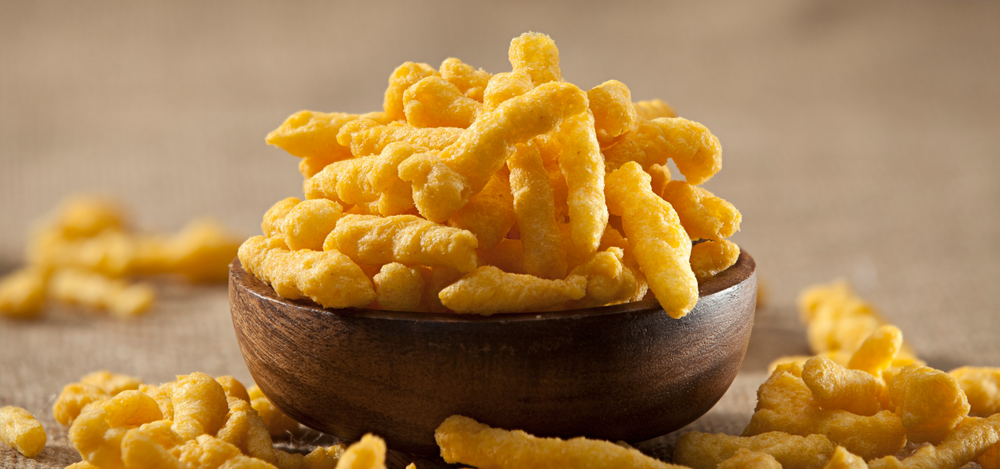
Remember the old potato chip commercial which bragged that you couldn’t eat just one? It turns out they were right. A new study reveals that more than half the calories consumed in the U.S. come from “ultra-processed” foods* like the potato chips in that ad.
Ultra-processed foods are those that fill our grocery store shelves, but are made from ingredients you can’t find in that grocery store — additives including preservatives, flavorings and colorings. These additives are designed to mimic the taste of real ingredients but are created in a chemistry lab, not a kitchen.
Let’s dig into one of these ultra-processed foods to discover the secret to their success.
Cheetos are almost an iconic American snack food. And in many respects, it’s the perfect food. Not because of its nutritional content, but because of its ability to please our taste buds.
It turns out Cheetos are the result of some serious science — the science of junk food. They’re not orange by accident. Or crunchy. Or salty. Every aspect of Cheetos is by design.
Let’s analyze the experience of eating Cheetos. You see the bright orange puffs and you immediately like what you see because it turns out bright colors are attractive to us. You pick one up and put it in your mouth. It has a pleasurable crunch and then almost instantaneously melts away. It melts so quickly, in fact, that your brain doesn’t have time to register the calorie impact of what you’ve just eaten. So there’s no voice in your head telling you when to stop eating. This effect even has a name. It’s called “vanishing caloric density.”
The precise combination of salt, sugar and fat is exceedingly pleasurable -– it actually increases the release of internal opioids in a manner that is just like highly addictive narcotics. Opioids are addictive –- whether we get then through pills or whether they’re manufactured inside our bodies.
And just to make sure you never get tired of eating Cheetos, the orange-colored flavor coating is designed to end up on your fingers. Why? So that when you lick your fingers from time to time, you get an instant burst of intense flavor, eliminating any taste monotony.
Add it all up, and you get the picture. Cheetos are designed to make you start eating, and to make certain you can’t stop eating.
But here’s the really big thing you need to know — we didn’t get to this addictive snack because Frito Lay just happened to luck out when they invented Cheetos. We got here because Frito Lay employs a team of 500 chemists, psychologists and technicians to create the perfect crunch, mouth feel and aroma for their products. Frito Lay even has a $40,000 device that simulates a chewing mouth to help determine the perfect ‘break point’ of a chip. We bet you didn’t even know there was a perfect break point.
What’s our conclusion?
We are being manipulated by food companies that manufacture “ultra-processed” foods. It’s all about making sure you eat as much of their food as possible.
Eating right is a challenge, and that’s one of the reasons we developed Step One Foods, and why we try to make it as convenient as possible to get the nutrients you need to have a healthy heart.
If you’re interested in learning more about the science of junk food, and why it has such a hold on us, we recommend reading Salt Sugar Fat: How the Food Giants Hooked Us by New Times reporter and author Michael Moss.
Reference: *http://www.cbsnews.com/news/ultra-processed-foods-calories-american-diet/
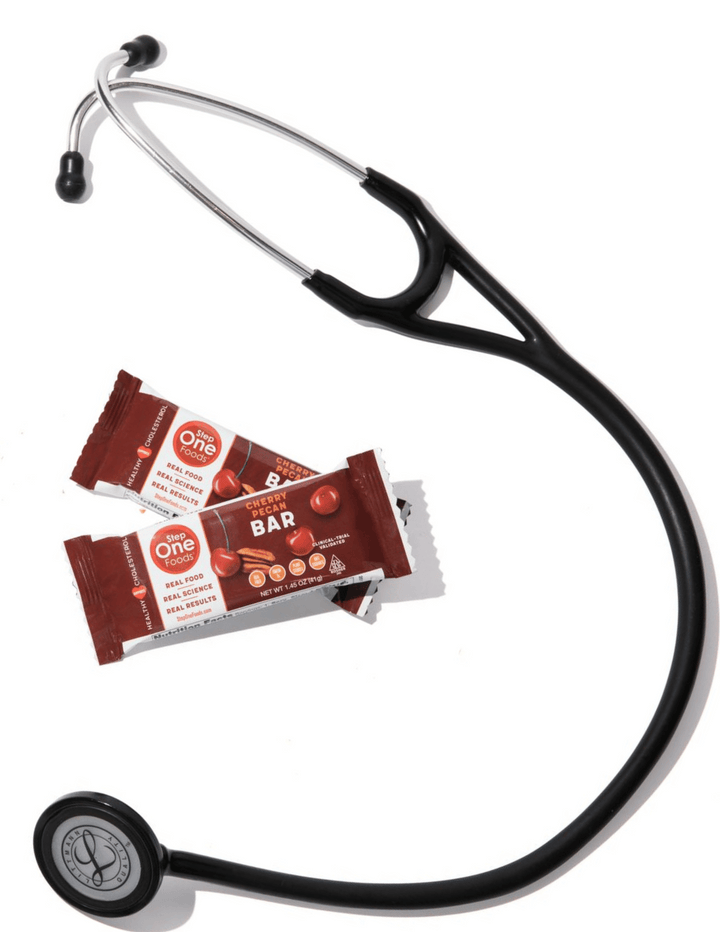
Tested & Proven Results.
- Cardiologist formulated
- Supported by over 500 publications
- Clinically-proven, in a double-blind randomized trial with Mayo Clinic and The University of Manitoba
80% of participants lowered their cholesterol in just 30 days. With just two servings per day, Step One Foods offers a proven-effective way to naturally lower LDL (bad) cholesterol.
Get heart health tips and articles like this, delivered right to your email.
New articles every week.
You may also like...

Insulin Resistance, Prediabetes and Type 2 Diabetes. Part 1: Defining the Problem
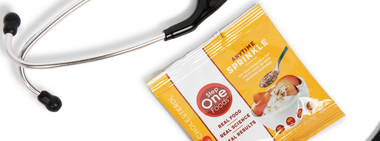
The 95% Problem: Is Your Doctor Missing the Fastest Way to Lower Cholesterol?
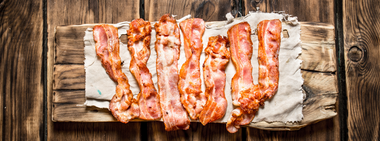
You don’t need to avoid foods with cholesterol…except for these
